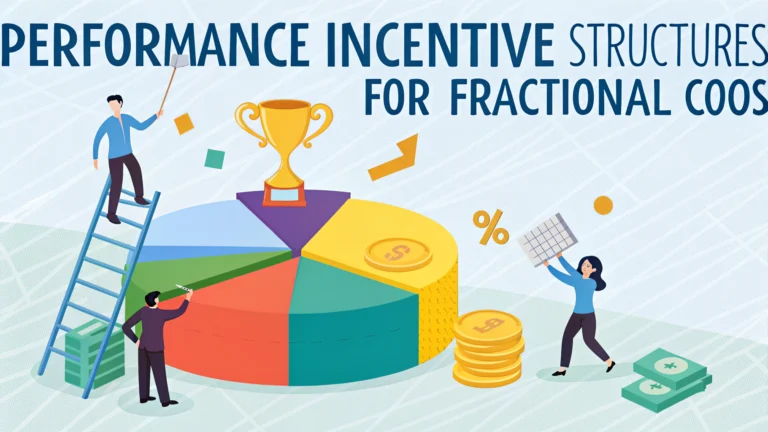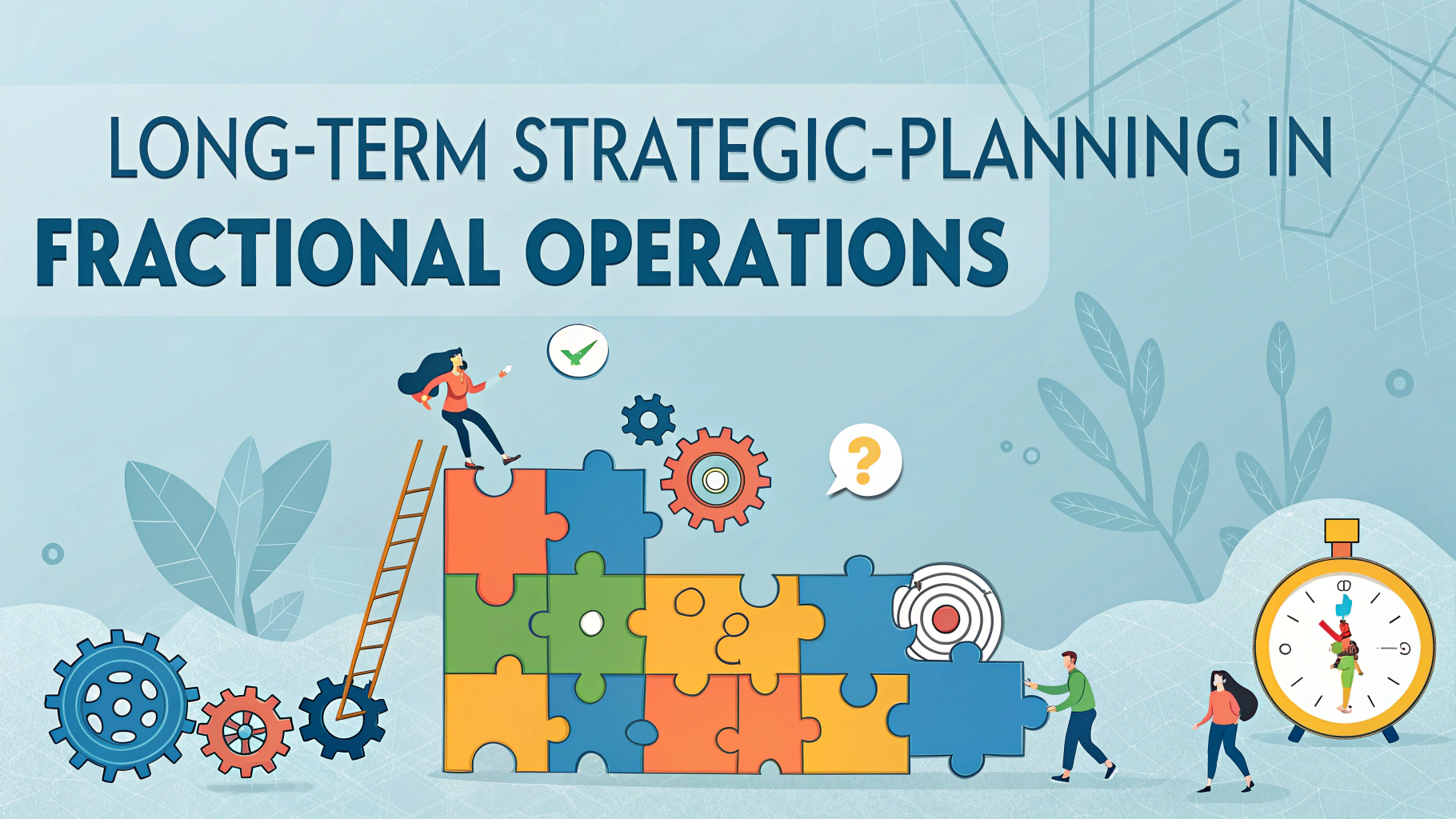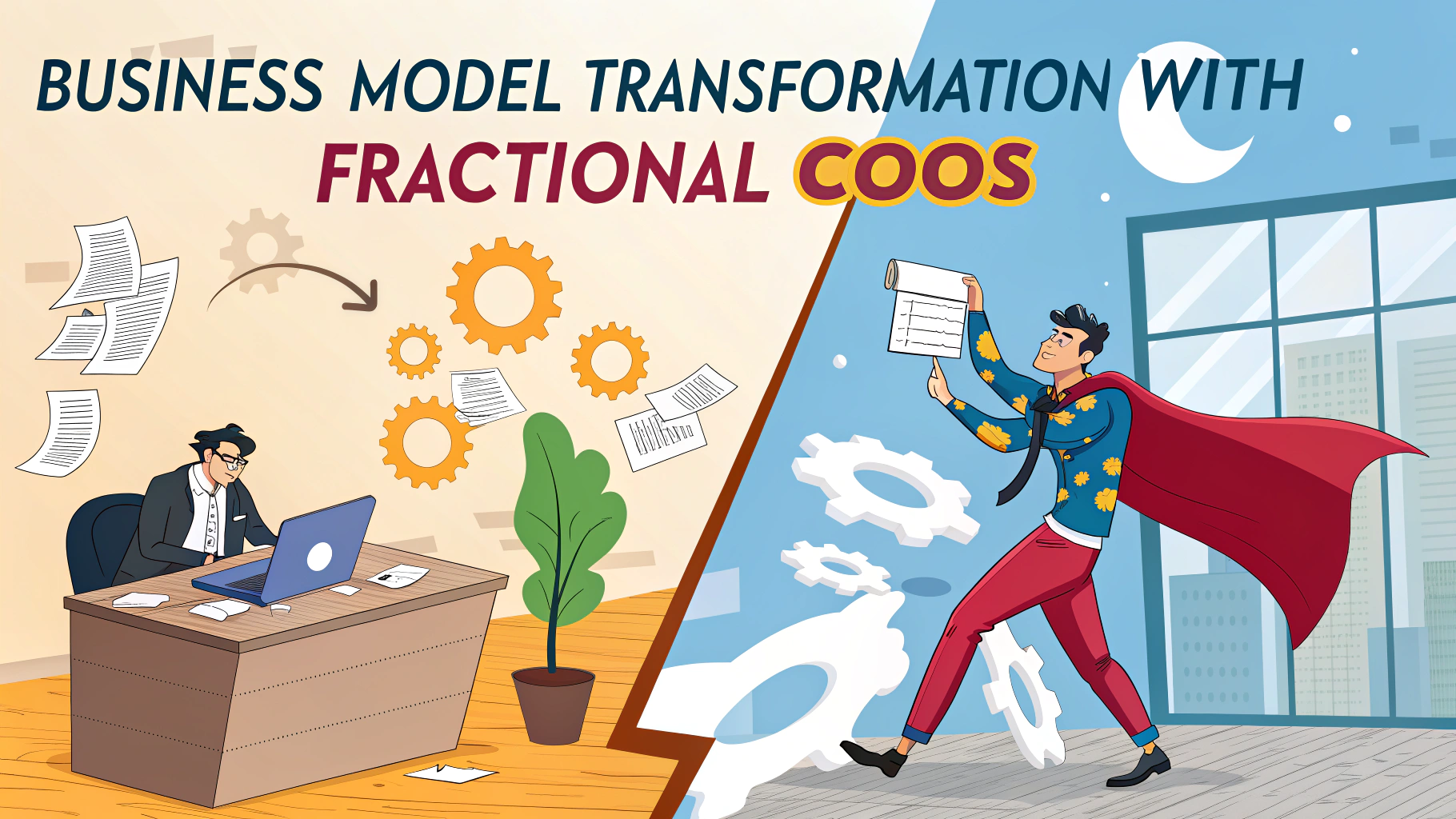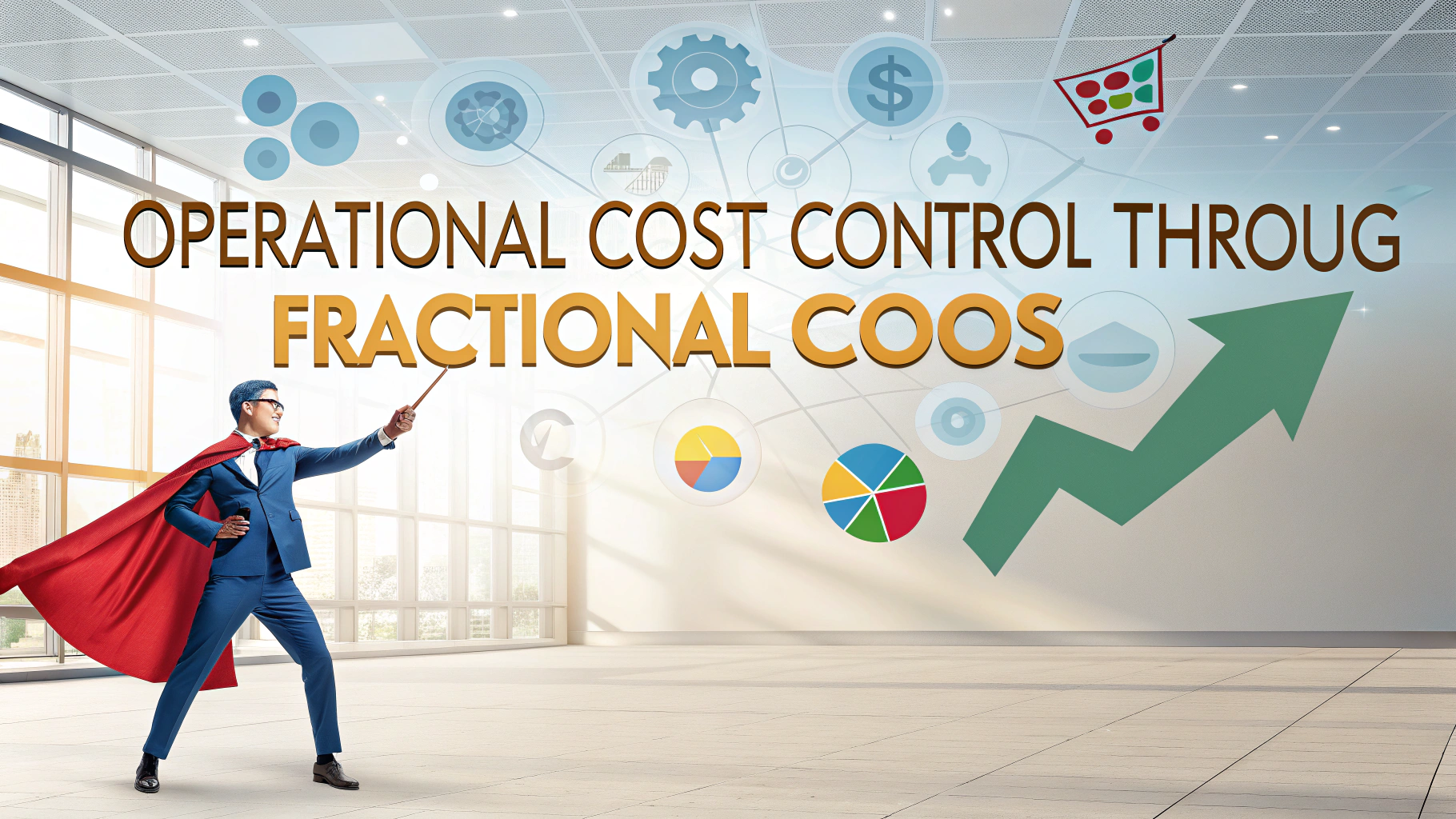Designing effective performance incentive structures for fractional COOs requires a careful balance between short-term achievements and long-term value creation.
The right compensation model can align the fractional COO’s goals with company objectives while maintaining flexibility and cost-effectiveness.
This guide outlines practical approaches to create performance-based compensation packages that motivate fractional executives while protecting company interests.
Core Components of Fractional COO Compensation
- Base retainer fee
- Performance bonuses
- Equity options
- Project completion incentives
Base Retainer Structure
A monthly retainer typically ranges from $2,000 to $10,000, depending on time commitment and scope of responsibilities.
The base fee should account for approximately 60-70% of total potential compensation.
Performance Metrics for Bonus Calculations
- Revenue growth targets
- Cost reduction achievements
- Operational efficiency improvements
- Team development milestones
- Project completion rates
Equity-Based Incentives
Stock options or phantom equity can range from 0.5% to 2% of company shares, vesting over 18-36 months.
| Engagement Length | Typical Equity Range |
|---|---|
| 6-12 months | 0.5-1% |
| 12-24 months | 1-1.5% |
| 24+ months | 1.5-2% |
Project-Based Bonus Structure
Specific project completion bonuses should be tied to measurable outcomes and deadlines.
- 15-25% bonus for major project completion
- 5-10% bonus for meeting interim milestones
- Additional incentives for early completion
Risk Management in Incentive Structures
- Include clawback provisions for underperformance
- Set clear performance measurement periods
- Define specific success metrics
- Establish regular review periods
Sample Performance Metrics Framework
| Area | Metric | Target Bonus |
|---|---|---|
| Operations | Cost reduction | 10-15% |
| Growth | Revenue increase | 15-20% |
| Efficiency | Process improvement | 10-15% |
Creating Balanced Incentives
Focus on both short-term wins and long-term sustainable improvements.
- 40% weight on quarterly objectives
- 60% weight on annual goals
Setting Up For Success
Document all performance expectations and compensation terms in a clear contract.
Schedule monthly performance reviews to track progress and adjust targets as needed.
Consider engaging a compensation consultant for complex incentive structures (WorldatWork offers resources for finding qualified consultants).
Moving Forward With Your Incentive Plan
Regular reviews and adjustments of the incentive structure ensure continued alignment with company goals.
Contact professional COO networks like ChiefOperatingOfficer.com for additional guidance on structuring fractional executive compensation.
Implementation Best Practices
Successful incentive structures require clear communication and systematic implementation.
- Document all metrics and calculations
- Establish baseline measurements
- Create reporting templates
- Set up tracking systems
Communication Framework
Regular Check-ins
- Weekly progress updates
- Monthly performance reviews
- Quarterly goal alignment sessions
Documentation Requirements
- Performance tracking sheets
- Milestone completion reports
- ROI calculations
Adjusting Incentives Over Time
Incentive structures should evolve with company growth and changing priorities.
| Growth Stage | Focus Area | Incentive Weight |
|---|---|---|
| Early | Revenue Growth | 50% |
| Scale | Operational Efficiency | 40% |
| Mature | Profitability | 60% |
Maximizing Long-Term Value Creation
Strategic alignment between compensation and company objectives drives sustainable growth.
- Balance risk and reward
- Focus on sustainable metrics
- Maintain flexibility for market changes
- Build in succession planning incentives
Building Sustainable Performance Partnerships
Effective incentive structures create lasting partnerships between fractional COOs and companies.
Regular evaluation and adjustment of compensation models ensure continued alignment with evolving business needs.
Success depends on clear metrics, transparent communication, and mutual commitment to long-term value creation.
FAQs
- What are typical performance incentive structures for fractional COOs?
Common structures include percentage of revenue growth, profit sharing, equity options, project completion bonuses, and KPI-based incentives tied to specific operational improvements. - How is equity compensation typically structured for fractional COOs?
Equity compensation usually involves phantom shares, restricted stock units (RSUs), or stock options vesting over time, typically ranging from 0.5% to 2% depending on involvement and company stage. - What KPIs are commonly used to measure fractional COO performance?
Key metrics include operational cost reduction, process efficiency improvements, employee turnover reduction, customer satisfaction scores, project completion rates, and revenue growth attributable to operational improvements. - How are performance bonuses calculated for part-time COO roles?
Bonuses are typically calculated as a percentage of base compensation (10-30%) or tied to specific milestone achievements, often pro-rated based on time commitment. - What is the typical contract duration for performance incentive agreements?
Performance incentive agreements usually span 6-12 months with quarterly reviews and adjustments, aligned with specific project timelines or company milestones. - How are long-term incentives structured differently from short-term ones?
Long-term incentives often focus on company valuation increases, successful exits, or sustained operational improvements, while short-term incentives target immediate operational goals and quarterly achievements. - What are common clawback provisions in fractional COO incentive structures?
Clawback provisions typically address early contract termination, failure to meet minimum performance thresholds, or discovery of misconduct, requiring repayment of certain incentives. - How are incentives adjusted for different company growth stages?
Early-stage companies often offer higher equity components with lower cash incentives, while mature companies typically provide larger cash bonuses tied to specific operational metrics. - What role do milestone-based incentives play in fractional COO compensation?
Milestone-based incentives reward specific achievements like successful system implementations, team restructuring, or process optimization projects with predetermined bonus amounts. - How are incentives prorated for part-time commitments?
Incentives are typically prorated based on time commitment percentage, with adjustments for impact and results rather than purely hours worked.







